Martin Cash was a notorious bushranger who operated in Van Diemen’s Land during the 1840s. He is also well-known for escaping twice from Port Arthur.
Early Life
Cash was born in 1808 in Wexford, Ireland. His family was wealthy and literate.
In 1827, Cash, aged 19, was transported to New South Wales for housebreaking. His own account of the crime was that he shot, through the house window, at a man who was embracing his (Cash’s) mistress. The length of his sentence was seven years. He left Ireland on board the Marquis of Huntly with 170 other convicts.
Convict career in New South Wales
Martin Cash arrived in Sydney on 10 February 1828 and was assigned to a man named George Bowman, who leased farms on the Hunter River. It was on these farms that Cash worked as a stockrider.
Hcontinued to work for Bowman after receiving his Ticket-of-Leave.
Cattle duffing and stealing
In early-1837, Cash was asked by two brothers to help brand some cattle. They didn’t tell him that the cattle had been stolen.
He didn’t learn the truth until the branding was in progress. He knew the punishment for this sort of crime was transportation to Norfolk Island, so he fled to Van Diemen’s Land before he could be charged.
Cash was still in Van Diemen’s Land two years later, when he was convicted of stealing eggs from his employer. He was again sentenced to seven years, four of which were to be spent at Port Arthur.
Escapes from Port Arthur
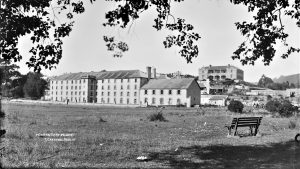
Port Arthur during the 1800s.
Port Arthur was supposed to be an escape-proof prison settlement, but Martin Cash managed to escape from it twice.
The first time, he became the first convict to swim across Eaglehawk Neck, a feat that earned him respect from other convicts. He was captured shortly afterwards, though, and returned to Port Arthur.
He escaped again on 26 December 1842 with two fellow convicts named George Jones and Lawrence Kavenagh. They managed to cross Eaglehawk Neck without being detected.
Bushranging career
Cash, Jones, and Kavenagh remained at large for 20 months, during which they pursued a bushranging career.
They robbed inns and houses of well-to-do settlers without using violence, earning them the reputation of ‘gentlemen bushrangers’.
A reward was put out for their capture.
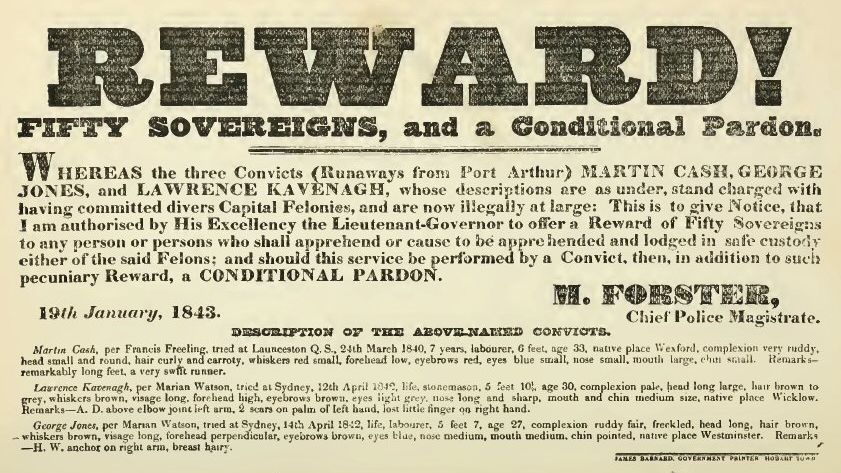
The reward issued for the capture of Cash, Jones, and Kavenagh in 1843.
Martin Cash gang capture
Cash was captured in Hobart on the evening of 29 August 1843. He fatally shot a policeman in the process, and so was put on trial for murder and sentenced to death. Despite this their gentlemanly behaviour while bushranging triggered a press campaign to pardon them, and motivated many of their influential victims to intercede with the authorities on their behalf.
It was perhaps due to this pressure that within an hour of his sentencing, the authorities decided to reconsider it. Cash was remanded in custody for 14 months while opinion was sought from England. The final decision regarding his punishment was left to Lieutenant-Governor Sir John Eardley-Wilmot, who sentenced him to life imprisonment. He also ordered that he be sent to Norfolk Island for ten years.
Norfolk Island life
When he arrived at Norfolk Island, Cash saw the error of his ways and decided to become a model prisoner. He was eventually was put in charge of the boys’ dormitory.
Cash married a female convict named Mary Bennett in 1854, just before Norfolk Island closed.
A son was born to them in 1855, but he unfortunately died in 1871, aged 16.
Ticket-of-Leave, freedom, and death
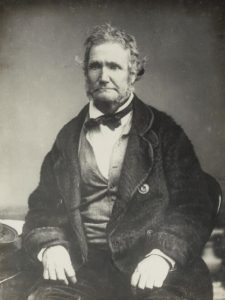
Cash during his later life.
Cash received a Ticket-of-Leave six months after his marriage to Mary. They returned to Tasmania, where he was employed as a constable for the Cascades Agricultural Settlement. He later worked as an overseer at the Domain gardens in Hobart.
In 1856, Cash received a Conditional Pardon. He and Mary travelled to New Zealand and lived there for four years. When they returned to Tasmania, they bought a property at Glenorchy, where he died on 27 August 1877. Mary survived him.
Before he died, Cash befriended an Irish expiree and able writer named James Lester Burke, who persuaded him to dictate his autobiography to him. Titled Martin Cash, the bushranger of Van Diemen’s Land in 1843, it was published in Hobart in 1870, and has been reprinted many times since. It gives a rather coloured version of the truth, but it nonetheless provides a unique insight into convict life.
“He then packed up some letters and newspapers, which he might peruse at leisure when at Mrs. B_n’s, and bidding the coachman good night, we retired to a secluded spot, where we remained until morning, and instead of proceeding to the Western Tiers (as we informed the coachman it was our intention to do), we travelled through Lovely Banks, and as we considered Mr. Bisdee one of the right sort of Englishmen, and fearing that we might disturb his pheasants and partridges we let him off scot free, although Jones sadly wanted to let fly at a fallow dear that tossed his antlers and stared at us as we crossed the park. Passing Jerusalem, we struck off at Bagdad, and shortly after arrived safely at Cobb’s Hill, where we experienced a heartier welcome than ever. Our friends could tell us about our last exploit, the report having run along like wildfire that Cash had got the coachman, who was two hours behind his time, and this report was confirmed on his arrival at the different stations.
The hue and cry being now raised, our enemies rushed from all directions into the District of Spring Hill, leaving us in peace and security, with nothing to trouble us, and our only consideration being how we could best enjoy ourselves. We despatched Mrs. B_n to Hobart Town for an abundant supply of everything needful, and she returned the same evening in company with my old friend “Vinegar Hill,” as we familiarly termed the fiddler. He taught us on this occasion to dance the Bolero, which he represented as a Spanish dance, at the same time expressing his opinion that it was of Irish origin, as he never did hear of anything that was useful or ornamental that did not come from Ireland.” – excerpt from Martin Cash, the bushranger of Van Diemen’s Land in 1843.
Legacy
Cash was quite unique among notorious bushrangers in dying an honourable death, aged nearly 70, as a free man.
Cash Court in Austins Ferry is named after the bushranger and his farm. There is also a Cash’s Cave near Magra in the Derwent Valley. The Martin Cash Motel in Derwent Park is another tribute with the bushranger’s name up in neon lights. Australian Wimbledon men’s singles tennis champion Pat Cash is related to Martin Cash.
CALLUM J JONES: William Westwood: A Biography.

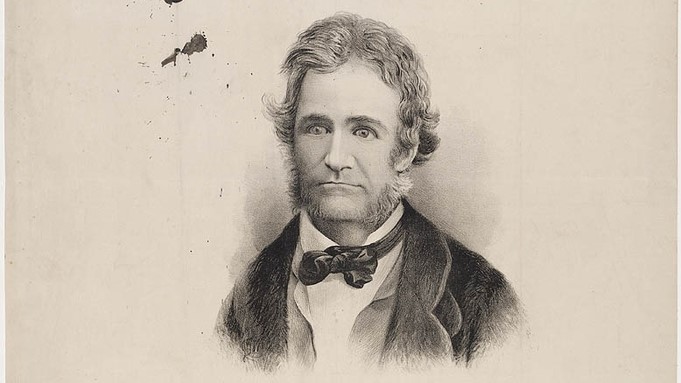







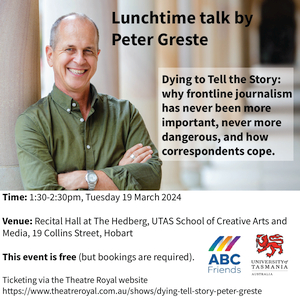



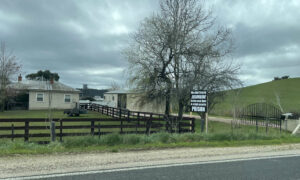



















Jack Bray
July 12, 2020 at 13:02
Callum …
How is Pat Cash related to Martin Cash?
Chief Editor TT
July 12, 2020 at 13:42
There was an episode of ‘Who Do You Think You Are’ a few years back which featured Pat Cash. The show’s researchers traced his lineage back to Martin Cash. The exact genealogical relationship is something we don’t have more detail on.